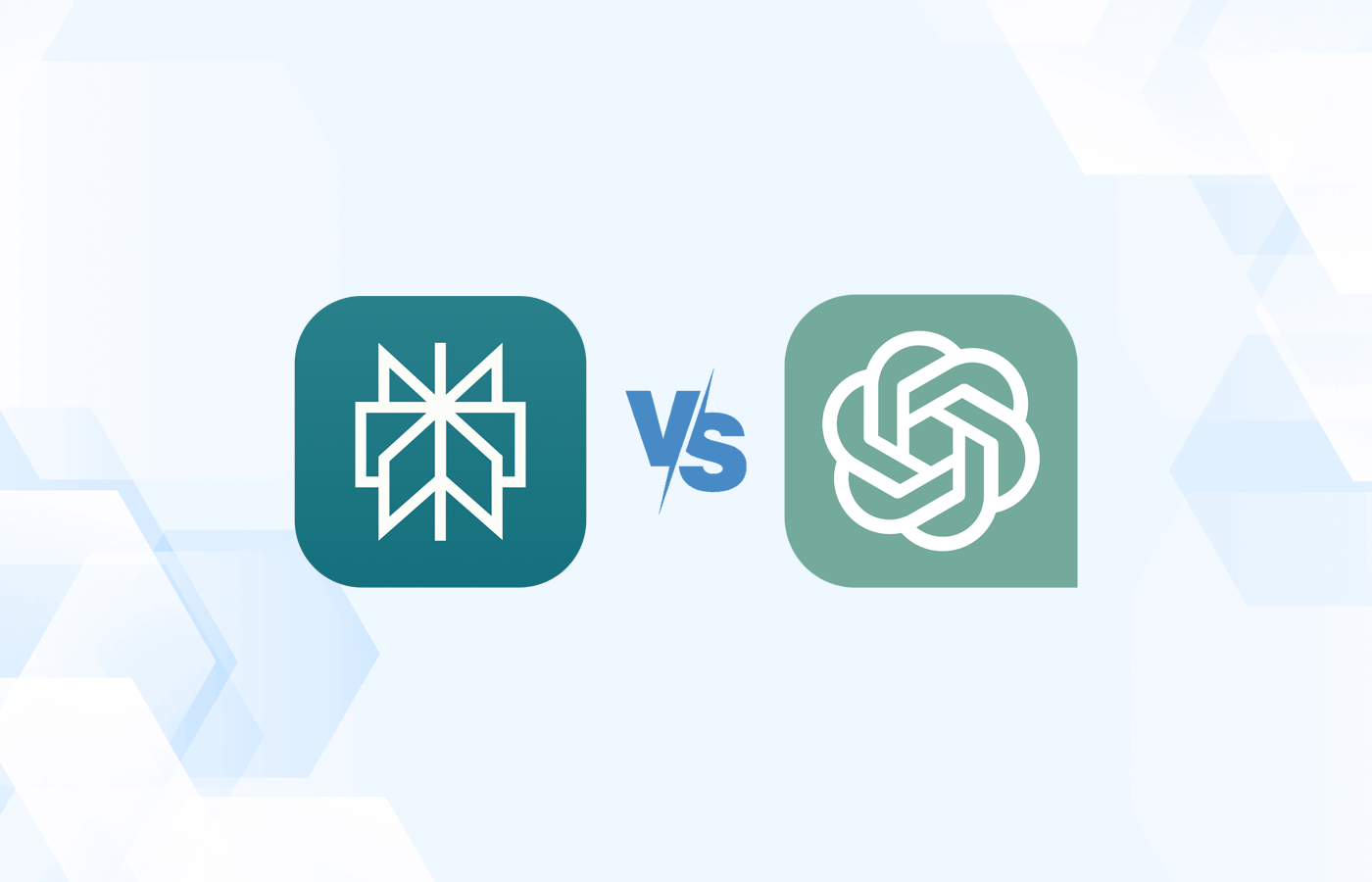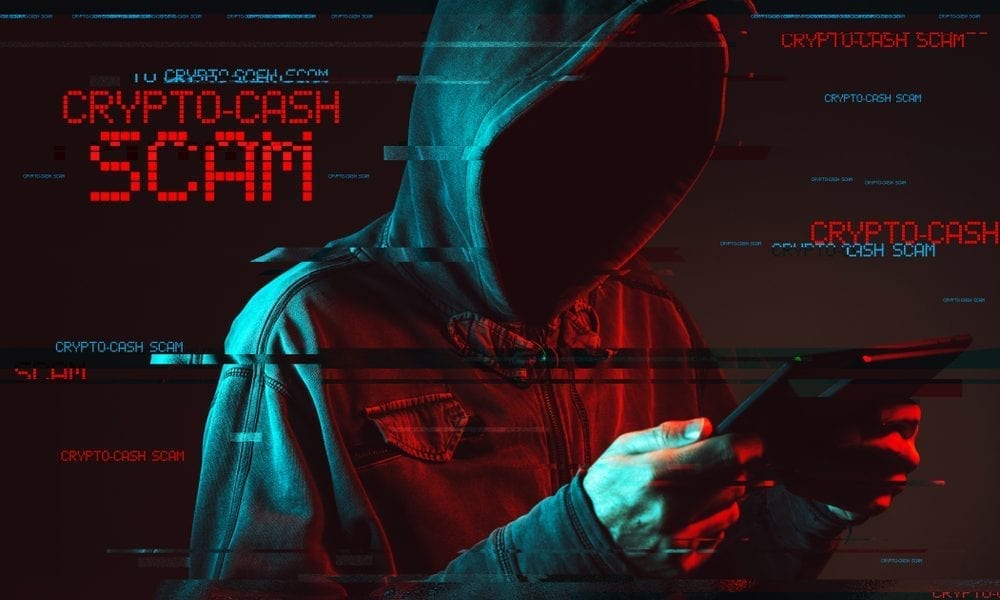What Drives Venture Capital? Betting on the Fractal Future
In a world accelerating toward technological transformation, venture capital (VC) isn’t just about funding startups—it’s about funding the future. The VC industry thrives on a simple, high-stakes premise: the most valuable companies of tomorrow have not been built yet. They’re just blueprints, ideas, and prototypes—powered by cutting-edge technologies, driven by daring founders, and fueled by capital that believes in potential long before profits.
Venture capital is not traditional investing. You're not buying into stability or dividends. You're making high-risk, high-reward bets on what could be, not what is. You’re planting seeds in soil no one has yet charted. And that’s the whole point.
Why VC Exists: Fueling the Pre-Revenue Phase
The companies that venture capitalists invest in often haven't generated any revenue. Many don't even have a product ready yet. What they do have is vision—often backed by deep technology, bold ambition, and an early team with the skills to build something truly new. But to get there, they need funding. Lots of it.
That’s where VC steps in. Venture capital exists to bridge the gap between an idea and a scalable business. It provides the risk capital that banks won't touch, that public markets aren't built to support. And in return, VCs get a slice of the upside: equity in the company, a seat at the table, and a shot at riding the rocket ship to unicorn status—or beyond.
The Risk-Reward Equation
Venture capital is not for the faint-hearted. Even the most experienced VCs expect a significant portion of their portfolio to fail—often as much as one-third or more. And that’s okay. In fact, it’s built into the model.
What makes venture capital work is the asymmetric upside. A few outlier successes—the “ball out of the park” deals—can return the entire fund and then some. These are the Ubers, the Airbnbs, the Stripes of the world. They not only pay for the failures but define entire industries in their wake.
As the saying goes in the VC world: “Your losses are capped, but your upside is infinite.”
Why Now Is the Most Exciting Time Ever
We are living in a golden age of innovation. Technologies once confined to science fiction—artificial intelligence, quantum computing, synthetic biology, blockchain, space tech, fusion energy—are becoming real, scalable, and investable.
But the real magic isn’t just in these technologies themselves—it’s in their intersections.
To understand this moment, think in terms of fractal geometry: complex patterns that replicate at every scale, and whose true beauty emerges not from simple lines but from intricate intersections. Likewise, the most exciting startups are being born at the nexus of emergent technologies—where AI meets biotech, where robotics blends with nanomaterials, where quantum computing collides with cybersecurity.
These intersections create fertile ground for innovation. They open up entirely new markets, new business models, and new ways of thinking. And they’re not easy to predict—which is why the VC space remains such a fascinating, high-stakes endeavor.
The VC Mindset: Intelligent Capital Deployment
To play this game well, a VC must do more than just write checks. It requires:
-
Pattern recognition from past wins and failures
-
Technical literacy to evaluate deep tech
-
Emotional intelligence to back the right founders
-
Strategic insight to add value beyond capital
-
Vision to see what the world might look like in 10–15 years
Venture capital is a form of intelligent capital deployment. It’s about making calculated bets—knowing full well that many will fail—but doing so with the conviction that the few that win will reshape entire industries.
Conclusion: The Fractal Future Needs Fuel
The future doesn't build itself. It needs dreamers, doers, and believers. It needs founders who dare to leap into the unknown—and capital partners willing to leap with them.
Venture capital is not merely funding companies. It’s funding possibility. And in this era of combinatorial innovation, where every new breakthrough creates ten more doors to walk through, VC isn’t just relevant—it’s essential.
The future is fractal. And venture capital is how we fund its unfolding.
वेंचर कैपिटल क्या चलाता है? एक फ्रैक्टल भविष्य पर दांव
हम एक ऐसे युग में जी रहे हैं जहाँ तकनीकी परिवर्तन की रफ्तार अभूतपूर्व है। वेंचर कैपिटल (VC) केवल स्टार्टअप्स को फंड देने का साधन नहीं है—यह भविष्य को फंड देने का माध्यम है। VC इंडस्ट्री एक सरल लेकिन जोखिम भरे सिद्धांत पर आधारित है: कल की सबसे मूल्यवान कंपनियाँ आज पूरी तरह से बनी ही नहीं हैं। वे आज केवल आइडिया हैं, प्रोटोटाइप हैं—नई तकनीकों से संचालित, साहसी संस्थापकों द्वारा आगे बढ़ाई गईं, और ऐसे पूंजी निवेश से पोषित जो मुनाफ़े से पहले संभावनाओं में विश्वास करता है।
VC का अस्तित्व क्यों है: रेवन्यू से पहले का चरण
VC में निवेश की जाने वाली कंपनियाँ अक्सर कोई राजस्व नहीं कमा रही होतीं। कई के पास तो अभी तक तैयार प्रोडक्ट भी नहीं होता। उनके पास होता है—दृष्टिकोण। अक्सर गहरी तकनीकी समझ, बड़ा सपना और एक शुरुआती टीम होती है जो वास्तव में कुछ नया बना सकती है। लेकिन इसे साकार करने के लिए उन्हें पूंजी की आवश्यकता होती है—और बहुत सारी।
यहीं VC की भूमिका शुरू होती है। वेंचर कैपिटल उस अंतर को भरता है जो एक विचार और एक स्केलेबल बिज़नेस के बीच होता है। यह वह जोखिम-पूंजी उपलब्ध कराता है जिसे बैंक अस्वीकार कर देते हैं और सार्वजनिक बाज़ारों की प्रकृति भी उसे समर्थन नहीं देती। बदले में, VCs को कंपनी में इक्विटी मिलती है—भविष्य की सफलता में हिस्सा और एक रणनीतिक भागीदारी का अवसर।
जोखिम बनाम लाभ: खेल की असली समझ
वेंचर कैपिटल कमजोर दिल वालों का खेल नहीं है। सबसे अनुभवी VC भी मानते हैं कि उनके पोर्टफोलियो का एक बड़ा हिस्सा—लगभग एक-तिहाई या उससे अधिक—विफल हो जाएगा। और यह स्वीकार्य है। वास्तव में, यह इसी मॉडल का हिस्सा है।
जो चीज़ VC को सफल बनाती है, वह है असममित लाभ की संभावना। कुछ चुनिंदा, असाधारण सफलताएँ—जैसे Uber, Airbnb, Stripe—पूरा फंड लौटा देती हैं, और उससे भी अधिक। यही कंपनियाँ पूरे इंडस्ट्री को परिभाषित करती हैं।
जैसा कि VC जगत में कहा जाता है: "आपके नुकसान सीमित हैं, लेकिन मुनाफ़े की कोई सीमा नहीं है।"
क्यों यह समय सबसे रोमांचक है
आज हम नवाचार के स्वर्ण युग में हैं। जिन तकनीकों को कभी केवल साइंस फिक्शन में देखा जाता था—जैसे आर्टिफिशियल इंटेलिजेंस, क्वांटम कंप्यूटिंग, सिंथेटिक बायोलॉजी, ब्लॉकचेन, स्पेस टेक, फ्यूज़न एनर्जी—वे अब असलियत बन रही हैं।
लेकिन असली रोमांच केवल इन तकनीकों में नहीं है—बल्कि उनमें है जहाँ ये तकनीकें एक-दूसरे से मिलती हैं।
आज की दुनिया को समझने का सबसे अच्छा तरीका है फ्रैक्टल ज्योमेट्री: जटिल पैटर्न जो हर स्तर पर दोहराए जाते हैं, और जिनकी असली सुंदरता सरल रेखाओं में नहीं, बल्कि उनके जटिल मेलजोल में प्रकट होती है। ठीक वैसे ही, सबसे रोमांचक स्टार्टअप्स उभरती तकनीकों के संगम पर जन्म ले रहे हैं—जहाँ AI, बायोटेक से मिलता है, जहाँ रोबोटिक्स और नैनोमैटेरियल्स जुड़ते हैं, जहाँ क्वांटम कंप्यूटिंग और साइबर सिक्योरिटी टकराती है।
ये संगम नवाचार के लिए उपजाऊ ज़मीन तैयार करते हैं। ये नए बाज़ार, नए बिज़नेस मॉडल और नए सोचने के तरीके खोलते हैं। और इन्हें पूर्वानुमानित करना आसान नहीं है—इसीलिए VC की दुनिया इतनी दिलचस्प और उच्च जोखिम वाली होती है।
VC की मानसिकता: समझदारी से पूंजी निवेश
इस खेल को अच्छे से खेलने के लिए VC को केवल चेक लिखना नहीं आता होना चाहिए। इसमें चाहिए:
-
पैटर्न की पहचान – पिछले अनुभवों से
-
तकनीकी समझ – गहराई से तकनीक को परखने की क्षमता
-
भावनात्मक बुद्धिमत्ता – सही संस्थापकों को समर्थन देना
-
रणनीतिक दृष्टिकोण – पूंजी से परे मूल्य जोड़ना
-
दृष्टि – यह कल्पना करना कि 10–15 वर्षों में दुनिया कैसी होगी
वेंचर कैपिटल वास्तव में एक बुद्धिमत्तापूर्ण पूंजी निवेश है। आप जानबूझकर दांव लगाते हैं—पूरी समझ के साथ कि कई विफल होंगे—लेकिन इस विश्वास के साथ कि जो सफल होंगे, वे पूरी दुनिया को बदल सकते हैं।
निष्कर्ष: फ्रैक्टल भविष्य को ईंधन चाहिए
भविष्य स्वयं को नहीं बनाता। उसे स्वप्नदर्शियों, निर्माताओं और विश्वासियों की आवश्यकता होती है। उसे उन संस्थापकों की आवश्यकता होती है जो अज्ञात की ओर छलांग लगाते हैं—और ऐसे पूंजी भागीदारों की जो उनके साथ छलांग लगाने को तैयार हों।
वेंचर कैपिटल केवल कंपनियों को फंड नहीं देता। यह संभावनाओं को फंड करता है। और इस युग में, जहाँ हर तकनीकी सफलता दस नई संभावनाओं के द्वार खोलती है, VC केवल प्रासंगिक नहीं है—यह अनिवार्य है।
भविष्य फ्रैक्टल है। और वेंचर कैपिटल वही ईंधन है जो इस भविष्य को आकार देता है।





